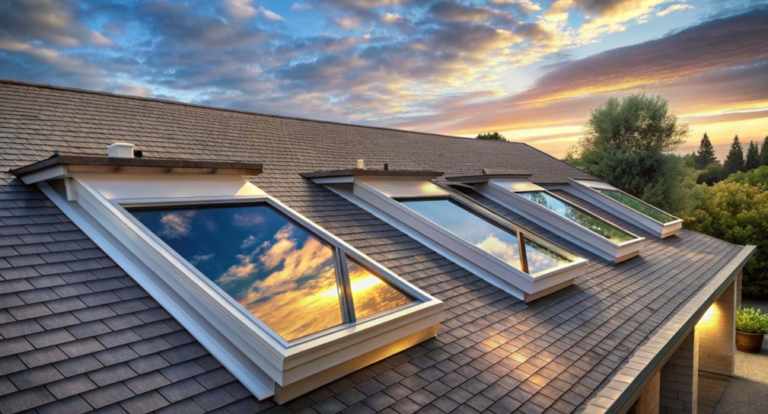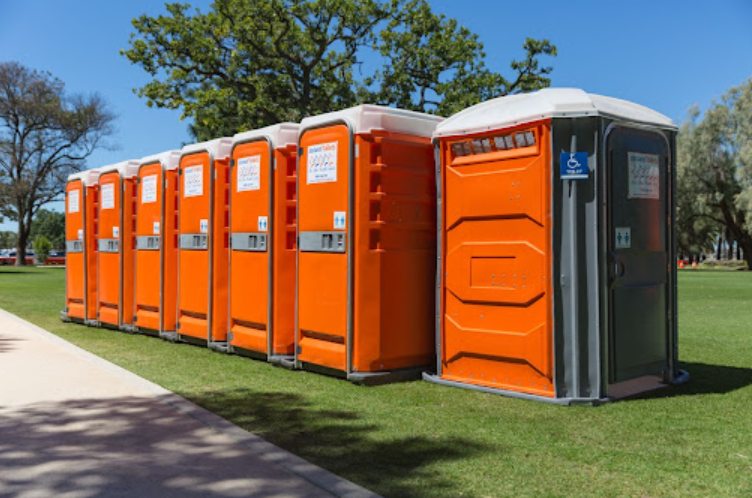Ensuring Fire Safety: The Essential Guide to Fire-Rated Door Frames
Fire safety is an integral component of building design, one that demands meticulous attention and adherence to stringent regulations. Among the myriad elements that combine to create a fire-safe environment, fire-rated door frames are paramount in preventing the spread of fire and ensuring the wellbeing of occupants within any establishment. In this comprehensive guide, we delve into the significance of fire-rated door frames, their features, and the critical role they play in fire safety compliance.
Understanding Fire-Rated Door Frames
Fire-rated door frames are constructed to withstand the intense heat of a fire for a specified period, usually denoted in minutes or hours. They function as a component of a building’s passive fire protection system, designed to compartmentalise and contain a fire, effectively slowing its progression throughout the structure. These frames are not standalone entities but rather work in unison with compatible fire-rated doors to ensure optimal performance during a fire outbreak.
The Importance of Fire Resistance in Door Frames
The resistance capability of fire-rated door frames is crucial in maintaining the integrity of exit routes and safe zones within buildings. By holding back flames and smoke, these frames afford occupants vital time to evacuate and allow emergency services to access the area safely and efficiently. Additionally, the containment of fire ensures that damage to property is localised and that the potential for a full-blown structural inferno remains minimised.
See also: Enhancing Comfort: The Benefits of the Dentons Contour Pillow
Features of Fire-Rated Door Frames
A key feature of fire-rated door frames is their material composition. Robust materials such as steel, reinforced gypsum, or other fire-resistant composites are standard in their make-up. Coupled with intumescent seals that expand when exposed to high temperatures, these frames create a barrier against the passage of fire and smoke.
Regulatory standards dictate the installation procedure, ensuring that all fire-rated door frames are fitted in accordance with best practices that support their fire-resistant capabilities. This includes the utilisation of fire-resistant fixings, seals, and the appropriate alignment with its corresponding door to maintain the barrier’s integrity at all times.
Compliance with Fire Safety Standards
Compliance with fire safety standards is non-negotiable. Builders, architects, and property owners must navigate a web of regulations, which stipulate the necessary fire rating for door frames in different areas of a building. These standards vary depending on the building’s design, usage, and local codes but must always be strictly observed to ensure legal compliance and, more importantly, the safety of the building’s occupants.
It’s imperative for project stakeholders to engage with reliable suppliers that understand and adhere to the latest building codes. Suppliers of fire-rated door frames must provide products that meet or exceed required fire-resistance ratings, labels, and certification. A failure to do so not only jeopardises the safety of individuals but also exposes the property owner to legal risks and potential penalties.
Choosing the Right Fire-Rated Door Frames
Selecting the appropriate fire-rated door frames requires diligent consideration of their intended application. For instance, door frames designed for residential buildings might differ from those required for commercial or industrial premises in fire-resistance duration and structural qualities. Additionally, aesthetic factors such as finish and design can be taken into account to ensure that safety features integrate seamlessly with the overall appearance of the building.
When sourcing fire-rated door frames, it’s essential to trust suppliers renowned for quality and compliance. Such providers conduct thorough testing of their products, often exceeding minimum safety requirements, to afford their clients peace of mind and assurance in their investment in fire safety.
Installation and Maintenance of Fire-Rated Door Frames
The correct installation of fire-rated door frames by accredited professionals cannot be overstated. An improperly installed frame can greatly diminish its effectiveness in the event of a fire, potentially leading to dire consequences. Annual inspections and maintenance by qualified personnel add an extra layer of security, ensuring that the frames remain functional and compliant over time.
Regular checks should include assessing the condition of seals, verifying the structural integrity of the frame, and ensuring that no unauthorised modifications have been made that could compromise the frame’s fire resistance.
The Role of Continuous Education and Training in Fire Safety
Continuous education and training play a pivotal role in the proper implementation and upkeep of fire-rated door frames. Those responsible for the construction and maintenance of fire safety elements should keep abreast of updates in standards and practices, enabling them to carry out their duties effectively.
Workshops, seminars, and accredited courses are vital for professionals to stay informed about the advances in fire safety technology and regulation changes. An educated workforce is paramount to preserving the high standards of fire safety within the building industry.
Conclusion
In conclusion, fire-rated door frames are a critical component of fire safety compliance in any establishment. Understanding their function, ensuring proper installation, and maintaining compliance with fire safety regulations cannot be understated in the grand scheme of protecting lives and property. Stakeholders must prioritise the selection of compliant fire-rated door frames from reputable suppliers and maintain ongoing education to uphold the highest possible standards of fire safety.
As this guide has illustrated, ensuring fire safety through the use of appropriate fire-rated door frames is an intricate process, yet one that is essential to the fabric of a secure and resilient building structure. They are not merely an optional enhancement but a fundamental aspect of a robust fire safety strategy and an investment in the long-term welfare and security of building occupants.
Generated using WordToHTML.net – Online Word to HTML Converter


